Discover Tanzania Safaris
Discover Tanzania Safari Tours
Tanzania is an incredibly rich and diverse land, with so much to offer. You will experience the most breath-taking landscapes, spectacular wildlife (diversity and concentration), mountain climbing, idyllic islands, historical and cultural riches. Tanzania is all African tourism potential embodied in a single country.
Safaris Tour Packages
We have various packages and can arrange the safari according to your preferences in various parks. Whether it’s a camping safari, a mid-range lodge safari, a budget safari, a luxury safari, or a super luxury safari, just let us know what you’re looking for and one of our professional sales consultants will put together a customized safari package for you.
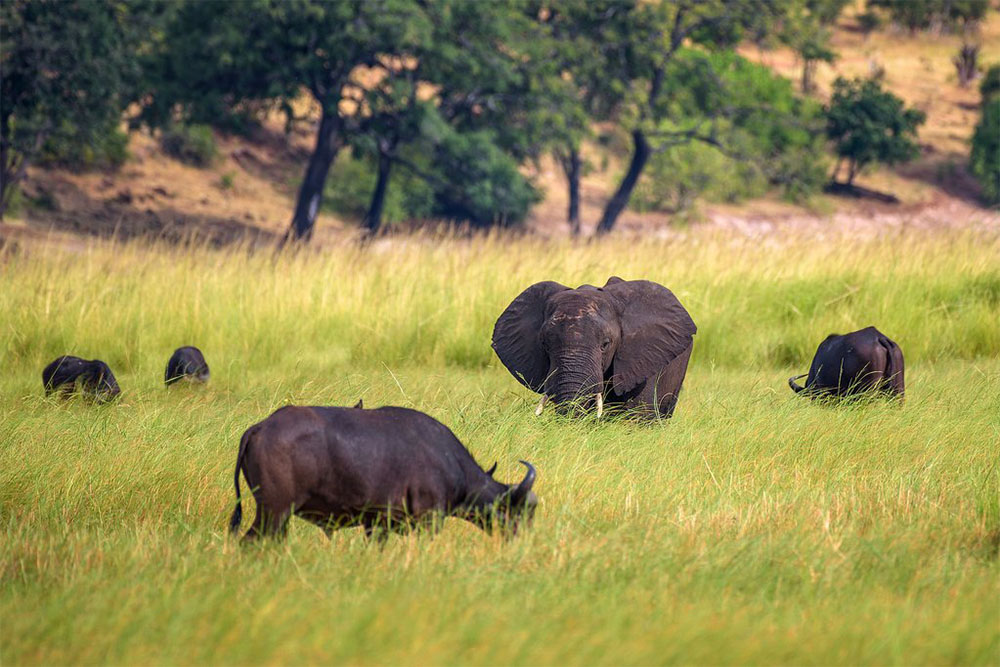
3 Days Taste of Tanzania Safari
This 3-day Tanzania standard safari enables you to experience the two major parks on the northern circuit of Tanzania
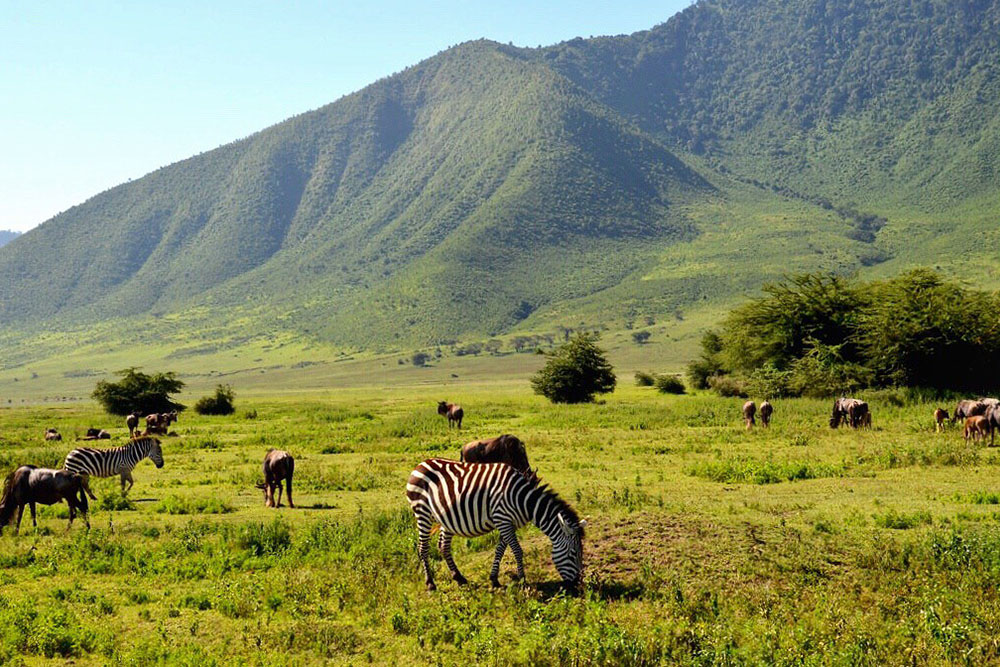
4 Days Best of Tarangire, Ngorongoro,
Our 4 days Tanzania safari, which specifically includes Lake Manyara National Park, the Ngorongoro Crater and Tarangire National Park
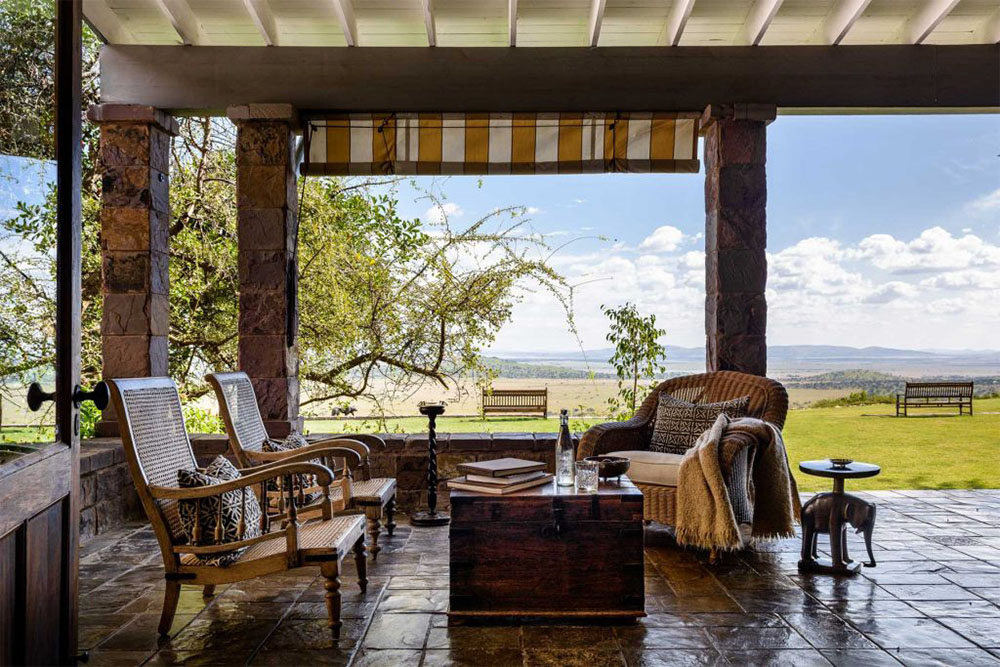
7 Days Premium Luxury Safari
On this 7-day premium all-inclusive package, you will have an opportunity to visit all the major parks of the northern circuit,
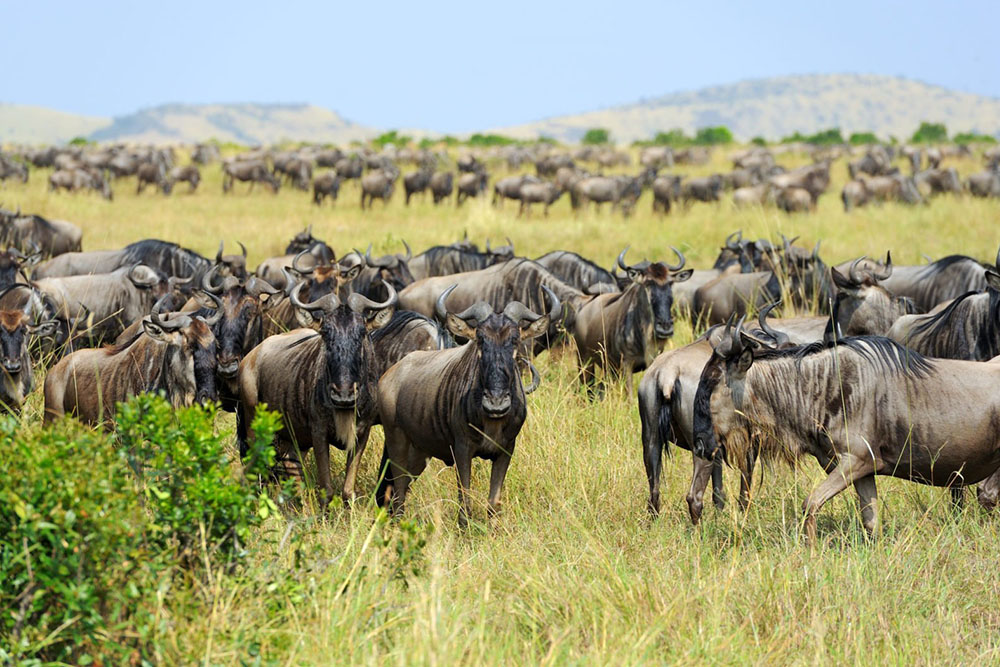
8 Days Safari & Beach Holiday
During this 8-day safari & beach holiday, we enjoy the best that Tanzania has to offer.
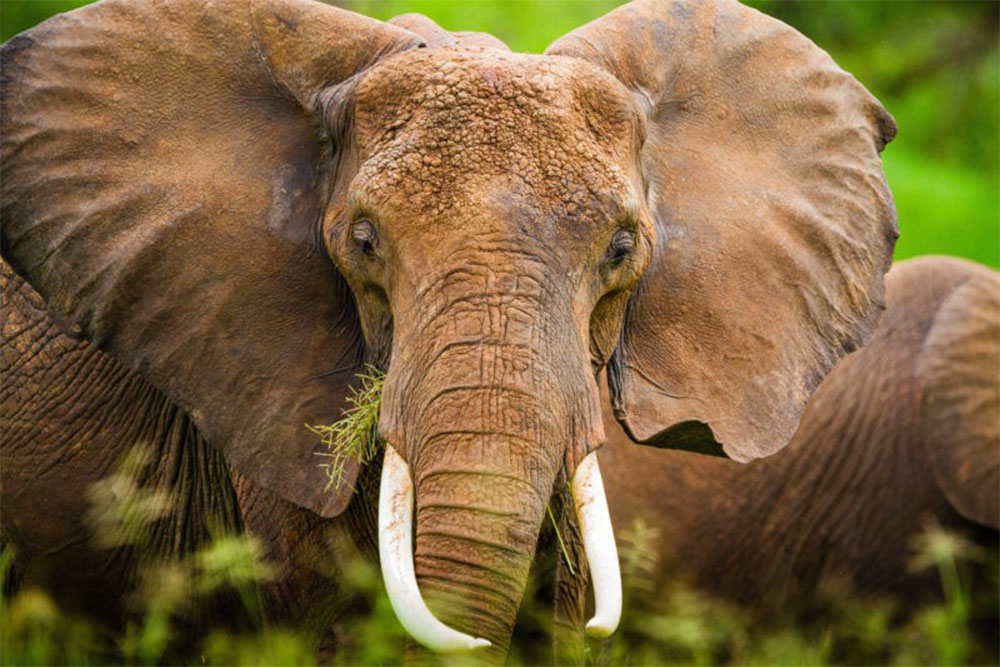
10 Days Unforgettable Safari
During this safari, you will explore the northern circuit of Tanzania, including Arusha
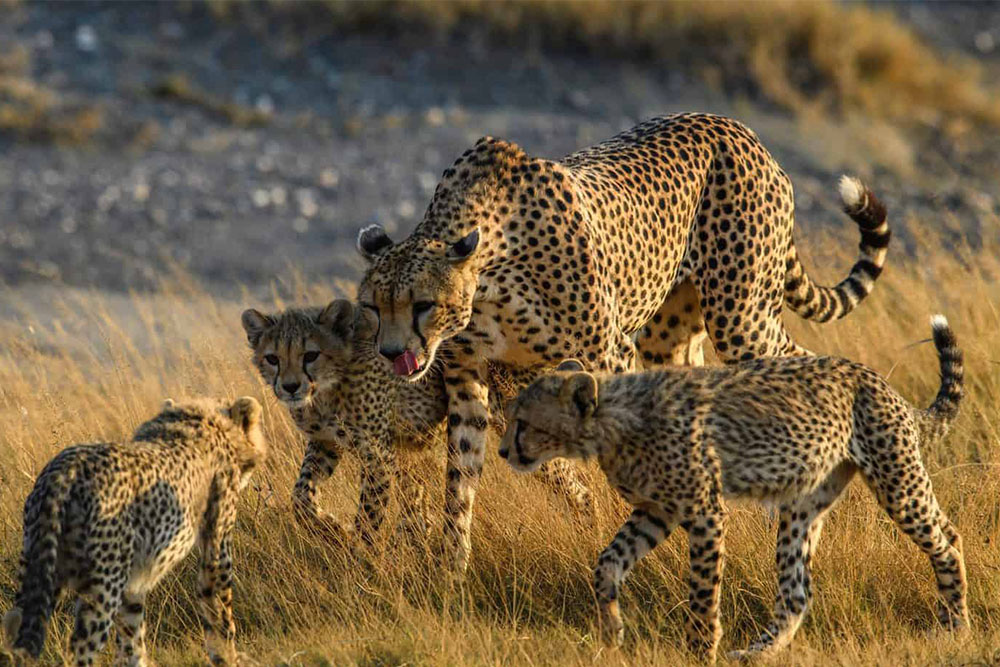
Experience the best of Northern Tanzania in six days! You’ll be visiting Tarangire National Park,
When is the best month to travel to Tanzania?
when to travel
The best time to go on safari in Tanzania is generally during the dry season months of June to October but a wide range of wildlife can be spotted year round and each season brings its own advantages.
These are considered the best months for safaris, the Great Migration, trekking, and beach holidays in Zanzibar. Of course, these months are peak travel season. Whether you’re planning a honeymoon or family vacation, here are the best places to visit in Africa in 2022 and beyond during visiting Africa
Tanzania experiences two rainy seasons and two dry seasons: the short dry season runs from late January to early March, and the long dry season from June to October. In between are the short rains of November to January and long rains from late March to May with April being an extremely wet and challenging month to get around.
January marks the end of the short rains and tends to be quite green and wet. The lush, green vegetation looks fantastic at this time of year with migrant birds bolstering resident populations. January is a good month for ornithologists, as well as those safari goers who place scenery and solitude over wildlife abundance and safari companionship. For the migration, head to the southern plains of the Serengeti to coincide with the wildebeest calving season.
February is definitely the best time of year to see wildebeest calves, with the migratory herds in full calving season. This usually happens in Ndutu in the southern part of the Serengeti where millions of wildebeest congregate to feed on the grasses and give birth to their calves. Around 500,000 wildebeest calves are born over a short period. This makes for a great sight on safari, perhaps glimpsing their first teetering steps in their new habitat.
While rainfall can be difficult to predict from year-to-year, February is typically a great month to visit Tanzania, as it coincides with the short dry season. Getting around the country and its protected areas is easier during the drier months and there is still good colour in the bush. Both birding and wildlife viewing tend to be excellent during this month.
Early March tends to be dry, although in some years the rains have been known to return early, so it can be wet. That said, seeing the bush turn from a tawny brown to green is a mesmerising sight in its own right. Also, with this being the start of the main rainy season it is unlikely that you would encounter enough rain to ruin your safari experience or to limit your mobility within the country to see and explore all the varied attractions.
March (along with September/October) are considered the prime months for those wishing to tackle Kilimanjaro. During unforseen rainy seasons, some roads may become inaccessible, so it’s best to chat to one of our Tanzanian travel consultants to get real-time information regarding the weather patterns.
If there is one month that is probably worth avoiding for a visit to Tanzania, then that would have to be the rain-soaked month of April. This is by far the wettest month of the year, as it falls in the midst of the long/heavy rains. While the rains predominantly come in the form of afternoon thunderstorms, it is not unusual to have big storms at night as well as some grey, drizzly days.
Western and Southern parks have the highest humidity during the rainy season so they can become uncomfortable, although the chances of these hotels and lodges offering good discounts due to the unfavourable climate, is very good. Accommodation such as the Ngorongoro Crater Lodge is also almost half price during this season so you can great value for money if you choose to travel at this time.
Early May is usually still very wet but, as the month progresses, things start to dry out and road repairs get underway, making moving around the parks and country by vehicle easier over time. The bush and vegetation look fantastic after all the rain with most herbivores in fine condition thanks to the abundant food and water that’s widely available.
At this time of year, long columns of wildebeest vacate the short grass plains of the southern Serengeti and start to trek north and into the western corridor. The latter part of May is a great time to be in Tanzania: the emerald season is giving way to the early dry season, wildebeest are on the move, the tourist hordes are yet to arrive, and everywhere the bush looks lush and colourful. May is consequently a great month for photographers.
June is dry and busy. Peak season is underway and areas like the western Serengeti are extremely popular at this time of year with the wildebeest piling into the western corridor in their hundreds of thousands. With the rains properly finished, the savannahs are already starting to change from green to yellow and wildlife sightings are constantly improving as the vegetation slowly recedes.
The wildebeest herds stop at Grumeti River to build up numbers before they attempt the river crossing in their thousands. Many traverse the river successfully because of safety in numbers. If however you’re in the right place at the right time you may spot a crocodile attempting to take down a wildebeest.
June is possibly the best time of the year to visit the Serengeti because of the amazing wildlife viewing – with the best sights to be seen in the northernmost parts.
The safari season is in full swing and Tanzania is dry with a good chance of roads kicking up dust clouds when driving through the plains. Tanzania is busy during July, expect to find all the parks and prime attractions of the northern circuit to be crowded during the months of July and August. If you are planning a sojourn to Zanzibar, then it is also worth exploring options for other less frequented Indian Ocean islands, such as Pemba and Mafia islands, at this time of year.
Wildlife viewing is excellent in July and is well worth putting up with the crowds if you’re comfortable doing so. It is also worth remembering that the southern safari circuit is a viable and recommended alternative that would give you the best of both worlds: less visitors and good wildlife sightings.
August is still very much peak season with large numbers of visitors from America and Europe dominating the northern safari circuit and Zanzibar. The weather is excellent at this time of year, although it can get a bit windy in August and wild fires are a common sight sweeping through the dry grasslands.
Expect hazy conditions that detract from the scenic beauty, obscure the majesty of the landscapes, and make photography more challenging, but on the flipside the wildlife viewing is sensational. The migration has moved north by now into the Lamai region of the northern Serengeti as the wildebeest and zebra start to cross the Mara River.
Visitor numbers are starting to drop off now; there is still no rain in sight, meaning that humidity levels are low bringing fewer mosquitoes. The landscapes have turned brown and grass/food is scarce. The migration concentrates along the perennial Mara River with huge columns of wildebeest and zebra crossing in both directions as the animals search for grazing while staying close to the water.
The Lamai-Mara region remains busy, as does Kilimanjaro (September is regarded by those in the know as the optimal month to climb), but the rest of Tanzania’s tourist attractions and parks are starting to see a drop off in visitor numbers, as they regain their wilderness feel. The southern safari circuit remains blissfully wild, beckoning those with a sense of adventure and yearning for wilderness.
The thunderclouds are building and late October usually sees the arrival of the first rains. The wildebeest are heading south again; Kilimanjaro climbing remains popular throughout October; and wildlife viewing is superb with little vegetation to obscure the high quality sightings. Tourist numbers are considerably lower over this shoulder season period, rendering the most popular tourist attractions a more appealing proposition once more.
This is one of the most underrated months to go on safari in Tanzania. You will definitely have some rain to contend with, but it is usually in the form of periodic afternoon thundershowers.
The northern parks in general are great for game year-round and although the Serengeti receives rain, this means that the wildebeest will be moving south across the plains to make the most of this moisture. If they have not already arrived from Kenya, they will do by November.
December falls in the midst of the short rains so except some rain and wet weather. Tourist numbers are low for the first half of the month, but for two weeks over Christmas and New Year everything is choc-a-block, so it’s best to avoid the last-minute rush and book well in advance.
December is a great time for bird watchers as many migratory birds arrive. This is particularly good in southern parks such as Selous and Tarangire National Park in the north is a birdwatchers’ paradise. Look out for red-necked spurfowl, purple grenadier and cinnamon-breasted buntings to name just a few.
Wildlife expriences
Experience Tanzania with Africema. We have curated a unique selection of activities to suit every traveler and every interest. if you’re traveling to unwind from the daily grind or you’re on a family adventure, we enable memory-making moments. From private cellar tours and chef-hosted dinners to guided bush walks and cultural encounters, we take you into the heart of the experience
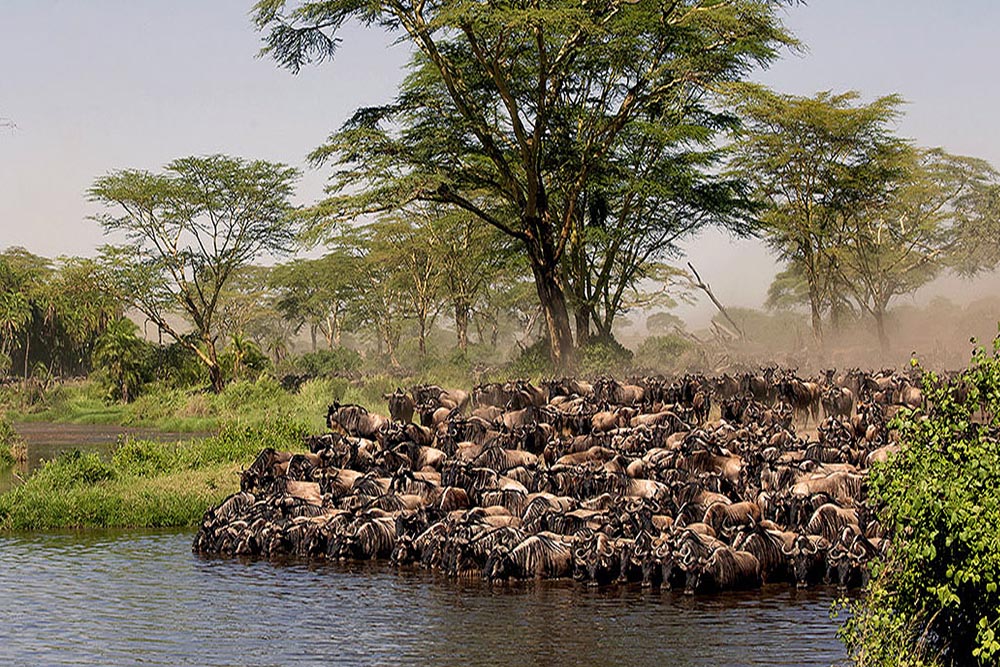
The great migration isn’t a single event, but rather a constant commute for herds following Africa’s rains … and the land they bring to life. There’s no real start and finish to the migration,
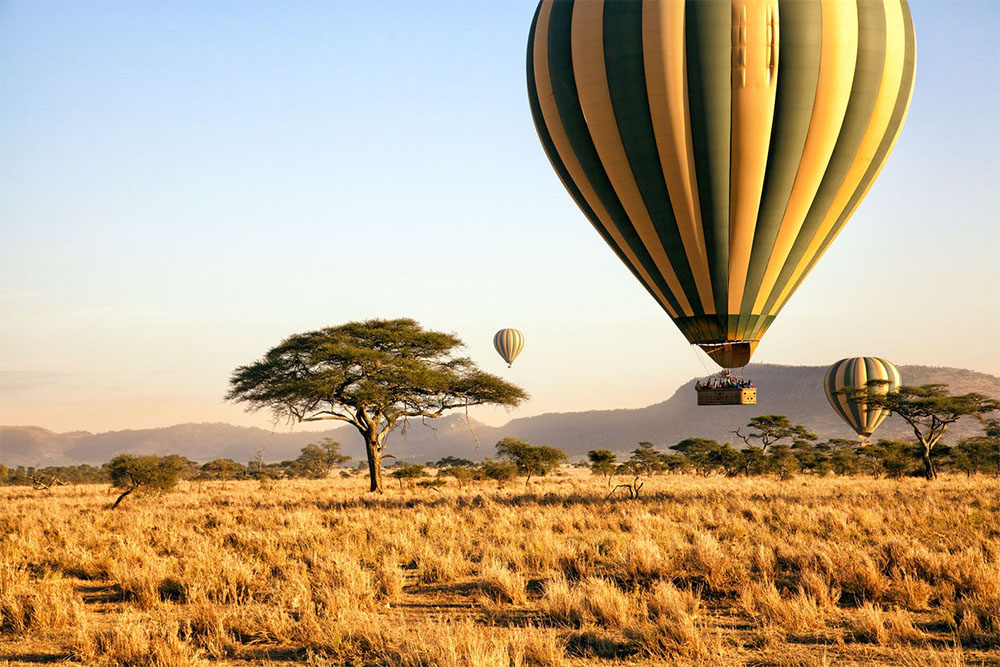
Experience a fantastic balloon safari over the Serengeti and Tarangire National Parks and the private Grumeti Singita Reserve, enjoying breathtaking scenery and uninterrupted views as you embark on an unbelievable journey.
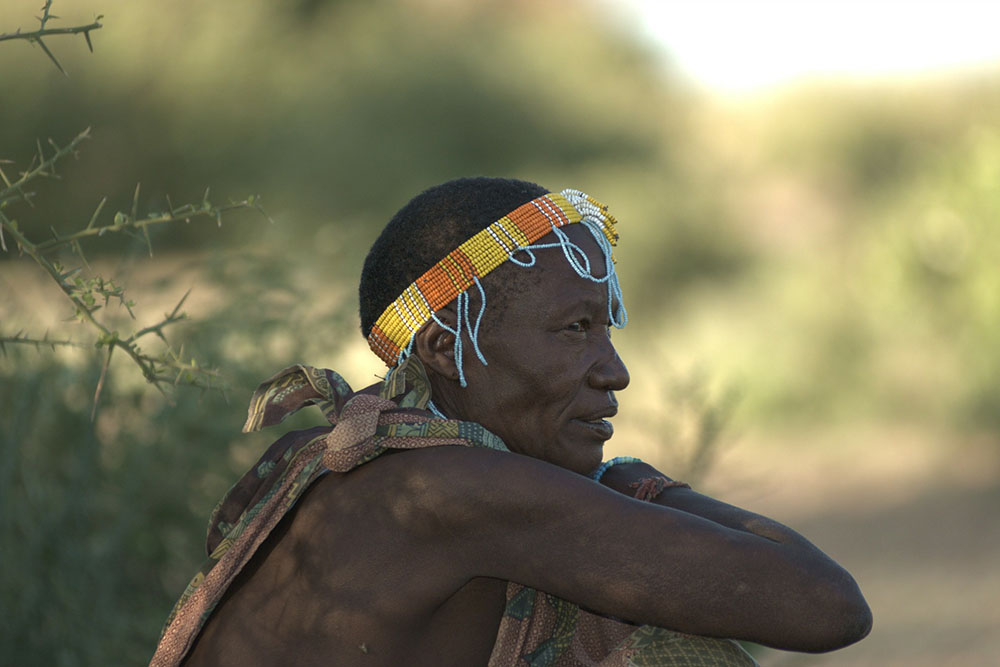
Interacting the tribes of Tanzania will leave a lasting impression.From the iconic Maasai to lesser-known tribes like the Datoga and Chaga, Tanzania has a rich cultural tapestry to explore.
where to stay on safaris
There are several different types of accommodation, ranging from tented camps to five-star lodges. We want only the best for our clients! We seek accommodation with friendly owners, helpful staff, great food, amazing pastime options, spectacular views, pleasant atmosphere and clean facilities. We guarantee good value for money, whatever your choice of accommodation is.
Ready to planning your safari to Tanzania?
If you have a different concept for a trip in mind, Whether it’s a camping safari, a mid-range lodge safari, a budget safari, a luxury safari, family safari, honeymoon safari, just let us know what you’re looking for and one of our Safari experts will put together a customized safari package for you according to your preferences.
